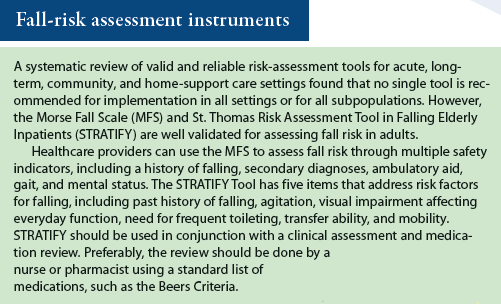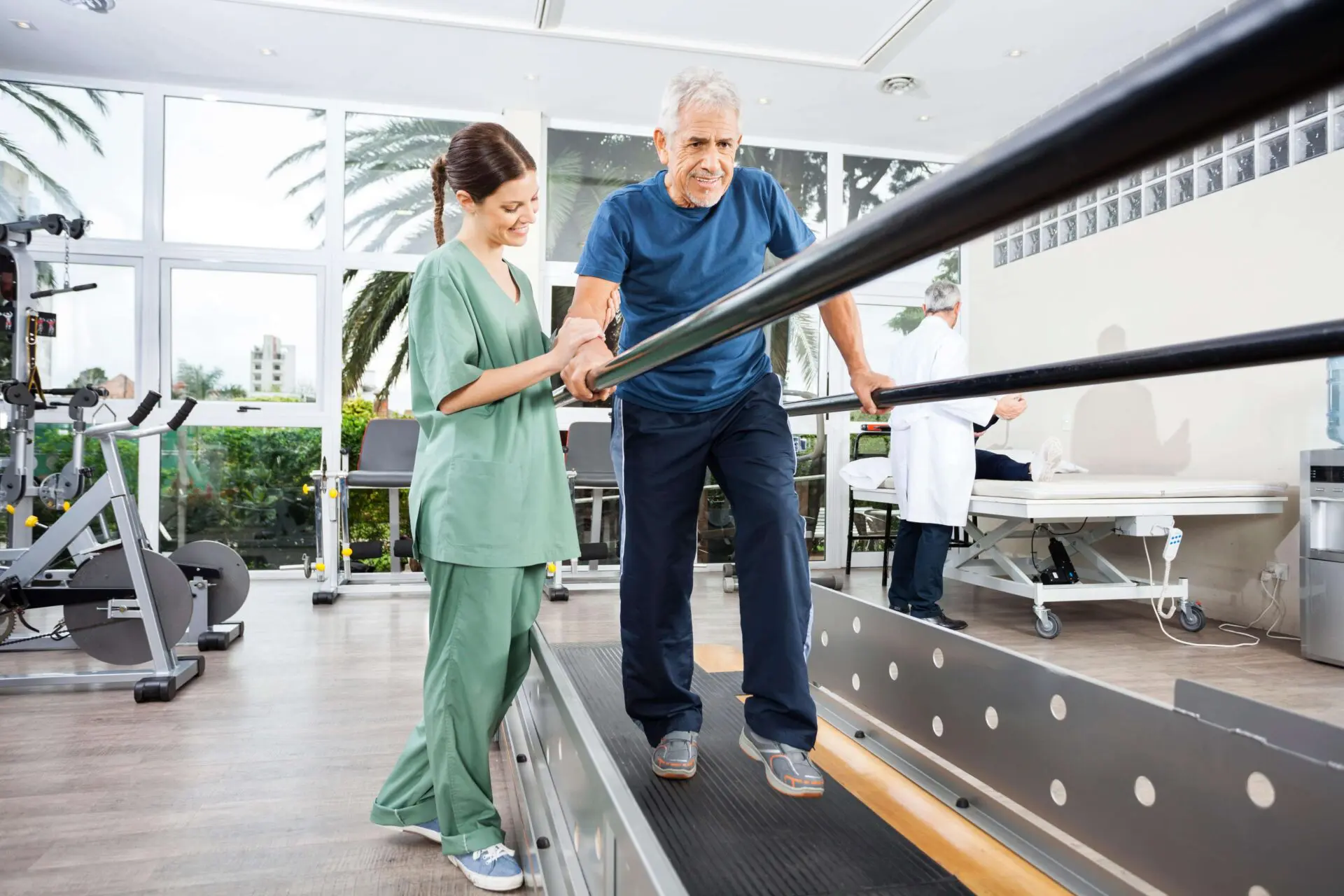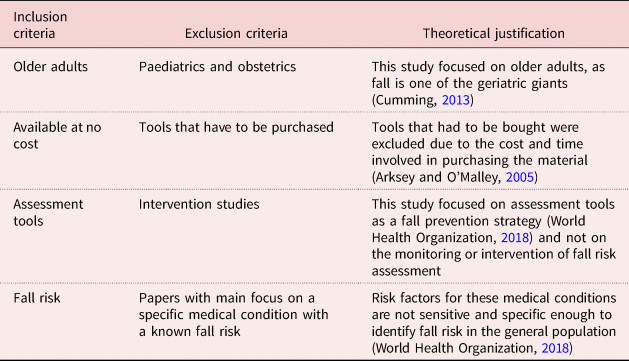Dementia Fall Risk Things To Know Before You Get This
Table of ContentsSome Known Details About Dementia Fall Risk How Dementia Fall Risk can Save You Time, Stress, and Money.Some Ideas on Dementia Fall Risk You Need To KnowLittle Known Facts About Dementia Fall Risk.
A fall danger evaluation checks to see how likely it is that you will certainly fall. The assessment typically includes: This consists of a series of questions about your general wellness and if you have actually had previous drops or issues with equilibrium, standing, and/or strolling.STEADI consists of screening, examining, and treatment. Interventions are suggestions that might minimize your danger of falling. STEADI includes 3 actions: you for your danger of succumbing to your risk variables that can be improved to try to avoid drops (for instance, equilibrium troubles, impaired vision) to minimize your threat of falling by using efficient methods (for instance, giving education and resources), you may be asked several inquiries consisting of: Have you fallen in the previous year? Do you feel unsteady when standing or walking? Are you stressed over falling?, your supplier will evaluate your stamina, equilibrium, and gait, making use of the adhering to autumn evaluation tools: This examination checks your stride.
If it takes you 12 seconds or even more, it might mean you are at higher threat for a loss. This test checks stamina and balance.
The placements will certainly obtain more difficult as you go. Stand with your feet side-by-side. Move one foot midway onward, so the instep is touching the huge toe of your various other foot. Move one foot fully before the various other, so the toes are touching the heel of your various other foot.
The Dementia Fall Risk PDFs
Most drops happen as an outcome of multiple contributing aspects; therefore, managing the risk of dropping starts with recognizing the variables that add to fall threat - Dementia Fall Risk. Several of one of the most relevant threat factors include: Background of prior fallsChronic medical conditionsAcute illnessImpaired gait and balance, lower extremity weaknessCognitive impairmentChanges in visionCertain high-risk drugs and polypharmacyEnvironmental factors can likewise enhance the danger for drops, consisting of: Poor lightingUneven or damaged flooringWet or slippery floorsMissing or damaged hand rails and get hold of barsDamaged or incorrectly fitted devices, such as beds, mobility devices, or walkersImproper use of assistive devicesInadequate guidance of the people residing in the NF, consisting of those that display hostile behaviorsA effective loss threat administration program calls for a complete professional analysis, with input from all participants of the interdisciplinary team

The treatment plan ought to also consist of treatments that you can try these out are system-based, such as those that promote a secure setting (ideal lighting, handrails, grab bars, and so on). The effectiveness of the treatments should be examined occasionally, and the treatment strategy revised as needed to reflect changes in the loss threat assessment. Executing a loss danger management system utilizing evidence-based finest technique can reduce the prevalence of falls in the NF, while limiting the capacity for fall-related injuries.
The Ultimate Guide To Dementia Fall Risk
The AGS/BGS guideline recommends evaluating all adults matured 65 years and older for fall danger annually. This testing consists of asking individuals whether they have actually dropped 2 or more times in the past year or looked for clinical interest for a fall, or, if they have actually not dropped, whether they really feel unsteady when strolling.
Individuals that have dropped as soon as without injury must have their equilibrium and stride assessed; those with gait or balance irregularities should obtain additional analysis. A background of 1 fall without injury and without stride or balance problems does not necessitate additional evaluation past continued annual fall danger testing. Dementia Fall Risk. A loss risk assessment is needed as component of the Welcome to Medicare exam

An Unbiased View of Dementia Fall Risk
Documenting a drops history is one of the high quality indicators for loss prevention and administration. Psychoactive medicines in specific are independent predictors of falls.
Postural hypotension can often be alleviated by decreasing the dose of blood pressurelowering medicines and/or stopping drugs that have orthostatic hypotension as a side result. Use above-the-knee assistance hose and copulating the head of the bed elevated might likewise lower postural decreases in high blood pressure. The advisable aspects of a fall-focused physical evaluation are shown in Box 1.

A yank time better than or equal to 12 secs suggests high autumn risk. The 30-Second Chair Stand test examines reduced extremity stamina and equilibrium. Being unable to stand up from a chair of knee elevation without using one's arms indicates raised loss danger. The 4-Stage Balance test analyzes static balance by having the individual stand in 4 placements, each gradually extra challenging.